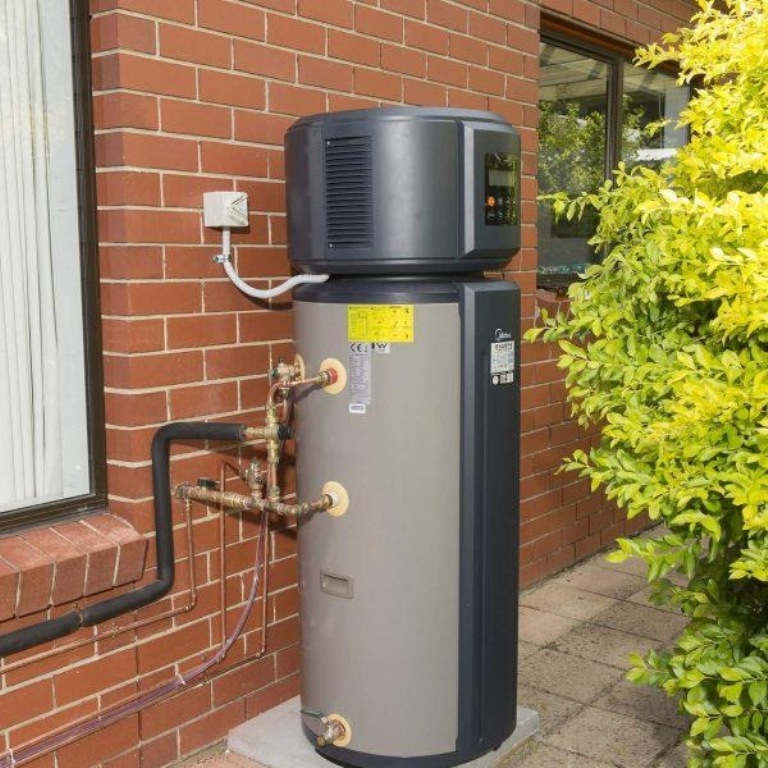Little Known Questions About Pearson Water Heaters, Water Chillers, and Grey Water.


How Do Continuous Flow Hot Water Systems Work - Proximity Plumbing
Some Known Details About Combined (Indirect) Hot Water and Heating Systems

The system should be developed so that the fuel will burn as completely as possible. The style must allow as much of the heat created as possible to get in the water. The system should allow as little heat as possible to escape unused. The Firebox The most fundamental part of any hot-water system is the firebox or combustion chamber.

Hot Water Set - W.MSprinkman
The most common issue with home-built hot-water systems is a poorly created firebox. Unfortunately this is also among the most difficult problems to remedy without redesign and reconstructing the firebox. To appreciate the need for a correctly designed firebox, it is required to comprehend how wood burns. Combustion (burning) is a process in which oxygen combines chemically with the fuel, launching heat.
As soon as begun, however, the reaction can be self-reliant. The majority of people know that fuel and oxygen are required for burning to occur. Lots of do not recognize, however, that heat is likewise needed. Lots of issues in hot-water heating unit can be traced to insufficient heat in the combustion chamber. The two primary parts of wood are cellulose and lignin.
Water Heaters - The Home Depot
All About 7 Different Types of Water Heaters – Pros and Cons
As the temperature level of wood is raised, a few of the unstable materials found in the wood water, waxes, and oils start to boil off. At about 540F, the heat will cause the atomic bonds in a few of the wood particles to break. When the heat breaks the bonds that hold together the atoms that comprise lignin or cellulose, brand-new compounds are formed substances not initially found in the wood.
These new compounds might be gases such as hydrogen, carbon monoxide gas, co2, and methane or they may be liquids and semisolids such as tars, pyrolitic acids, and creosote. Keep Checking Back Here , in the form of small droplets and semisolid particles, together with water vapor make up smoke. Smoke that heads out the stack (chimney) unburned is squandered fuel.
At temperature levels between 700 and 1,100 F (depending upon the proportions present) oxygen will join with the gases and tars to produce heat. When this takes place, self-reliant combustion takes location. At some point throughout the burning of a piece of wood, all the tars and gases will have been repelled.
